The New iPad Mini Is Already My Favorite
The iPhone 13 may be destined to be Apple's big seller, but it's the new iPad mini 6th Generation that arguably stole the most hearts during the big unveil event a couple of weeks ago. For a while, it seemed like the Cupertino firm had forgotten all about the iPad mini, which had gone for more than two years without an update. Turns out, it actually had something huge in mind for its smallest tablet.
The new, crisp-edged aesthetic works even better here, I think, than it does on the iPad Air and iPad Pro. There, the sharp corners combined with the extra weight can dig into your hands a little as you carry them; the new iPad mini is slender enough that it's not a problem.
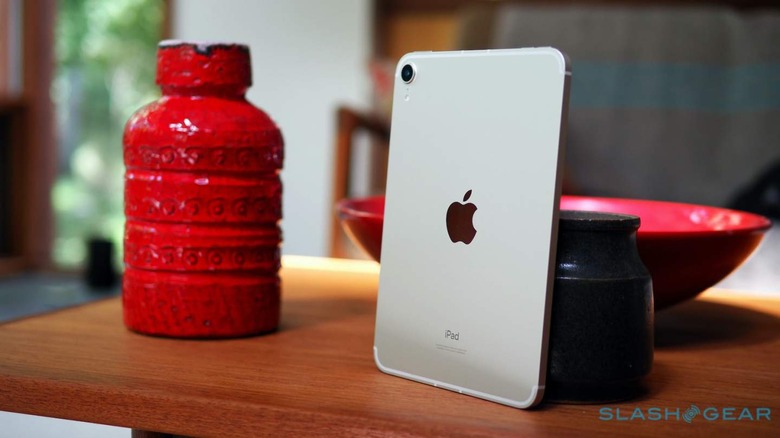
Meanwhile, the new 8.3-inch Liquid Retina display is a crisp and colorful marvel. Its 2266 x 1488 resolution isn't far off the 2360 x 1640 of the latest iPad Air, only since it's a markedly smaller panel you get a much higher pixel density: 326 ppi, versus 264. The result is beautifully crisp text, icons that look as though they've been printed on at high resolution, and digital ink that's about as smooth as its physical counterpart.
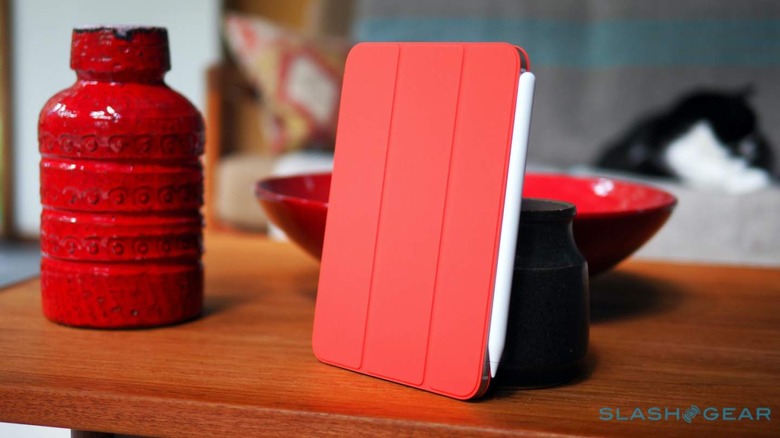
There's something positively sci-fi about the new iPad mini; I can't pick it up without thinking I've grabbed a prop from Star Trek or something. Unlike props, however, iPadOS 15 is far more functional. Using split-screen apps may not be quite as productive as with a bigger display, but it's definitely workable, and the second-generation Apple Pencil feels responsive and useful enough that I suspect Samsung may regret its decision to skip a year for the Galaxy Note series.
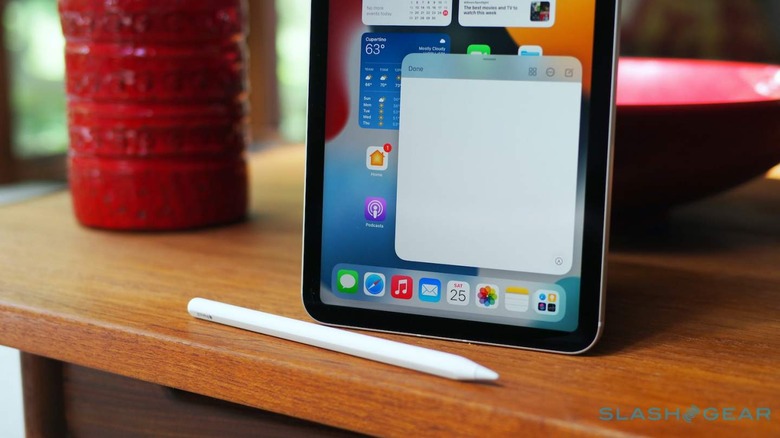
What I love about the new iPad mini is how it's unashamedly a companion device. Much has been made over the past few years of Apple's big boasts about its tablets replacing laptops. Certainly, there's a whole lot more that you can do, standalone, with an iPad Pro these days; particularly since Apple split iOS and iPadOS development into two separate streams, the latter focusing on what more you could do with a bigger display.
The iPad Pro – and the iPad Air – are very capable machines, I can't argue with that. If your days are primarily filled with email, browsing, and Office-style apps, or indeed if you're a graphics or video pro looking for maximum punch on the go, then the iPad Pro paired with a Smart Keyboard and/or an Apple Pencil 2 is a superb alternative to a traditional laptop. Even more so if you opt for a WiFi + Cellular version, given how rare integrated 4G/5G still is in notebooks.
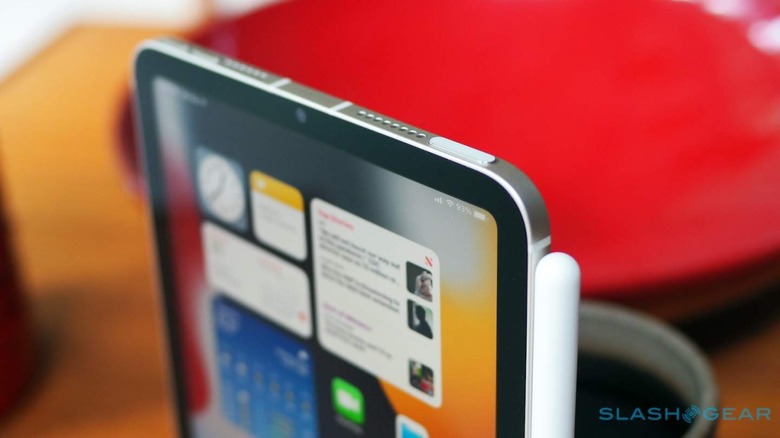
My lingering experience with the iPad Pro, though, is that it can't quite replace everything I use my MacBook Pro for. Or, if it can, it requires me to jump through a few too many hoops to achieve, versus how straightforward my go-to macOS apps are. As such, faced with deciding whether to put an iPad Pro or a MacBook Pro in my bag when I walk out the door on a trip, I'm always going to pick the laptop.
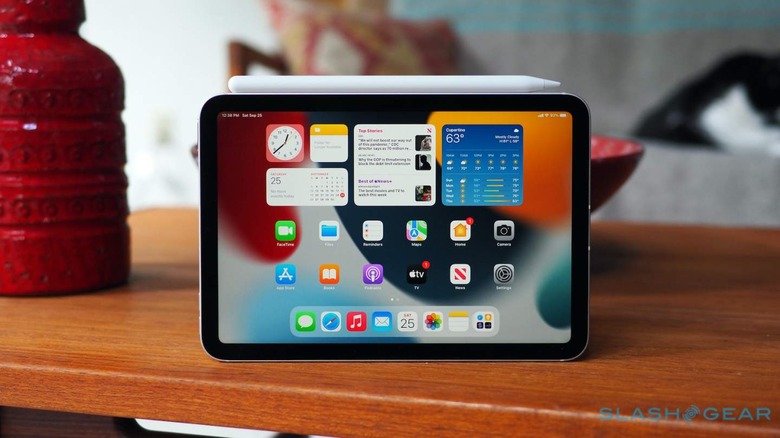
The iPad mini, however, has always felt like a device intended to go with a regular computer, not to replace one. Recent additions to macOS like Sidecar have made that an even more tempting prospect: now, it's easy to turn an iPad into a wireless second screen alongside your Mac. The skinny little iPad mini can slot into my backpack and it doesn't feel like the same sort of feature-overlap (or, indeed, weight compromise) as trying to carry both a MacBook and a full-size iPad.
Functionally, meanwhile, using the iPad mini has reminded me just why I love smaller tablets so much. Reading on the Kindle app, browsing on a larger display than the iPhone 13 Pro Max, and taking notes with the second-generation Apple Pencil all feel more rewarding when the device is this portable. At 297 grams for the WiFi + Cellular model, it's actually only 57 grams heavier than an iPhone 13 Pro Max: that's about the same as a set of AirPods Pro in their charging case. Easily something you can hold and use one-handed for extended periods.
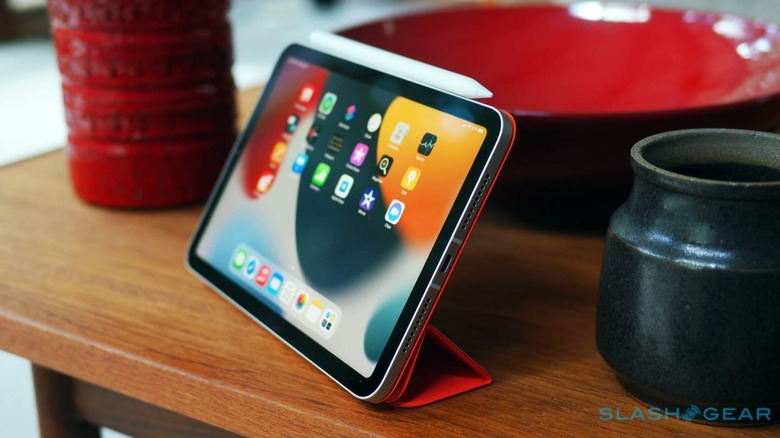
There are a few compromises for all this, of course. I'm still in the midst of battery testing, to see if Apple's "up to 10 hours of surfing the web on WiFi or watching video" promise is accurate (or up to 9 hours over cellular); I like that the new iPad mini uses USB-C, but I wish it supported MagSafe wireless charging, too. There's Sub-6GHz 5G support but not mmWave, which means that if you find a (rare) patch of that faster coverage you can't take advantage of it. That could be a frustration if you're using the iPad mini as a WiFi hotspot, something it has always excelled at.
I'm also still annoyed that Apple doesn't support multi-person login in iPadOS. The iPad mini feels like the perfect coffee table tablet, and being able to quickly switch users via Touch ID would be great.
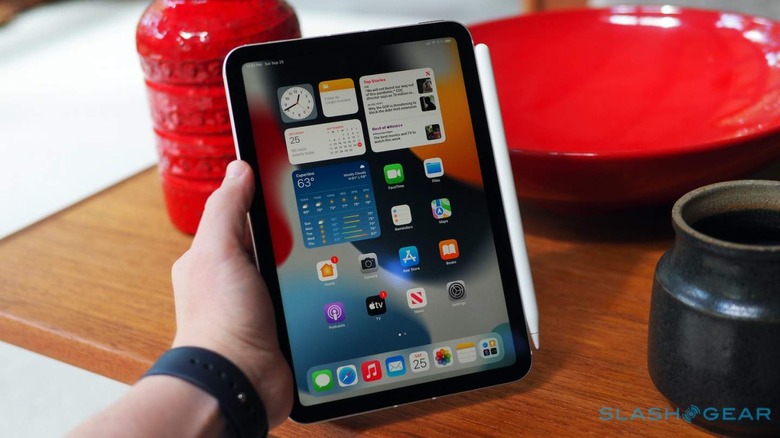
Considering just how cheap this all is – from $499 for the WiFi model, or from $649 for the 5G version – compared to, say, an iPad Air or iPad Pro, however, I can forgive a fair amount. First impressions count for a lot, and the excitement I felt during Apple's big September event for the iPad mini is only increasing now that I have one in my hands. As sweet-spots go, this could well be the biggest improvement to the tablet since it went Retina back in 2013.
